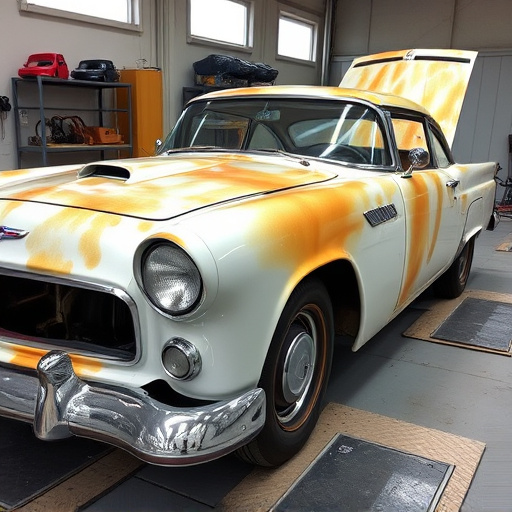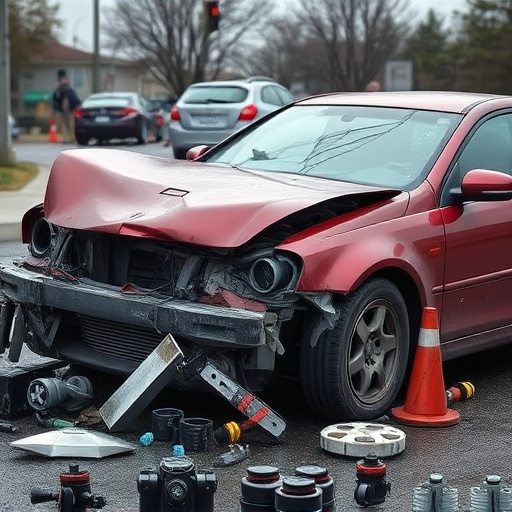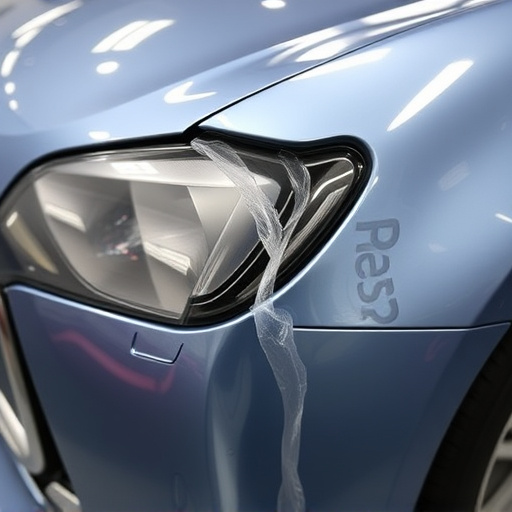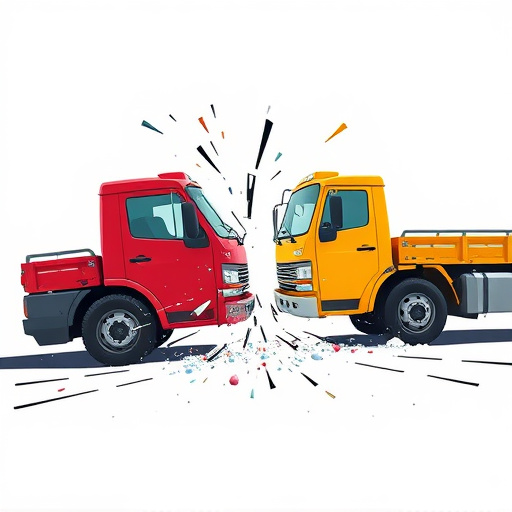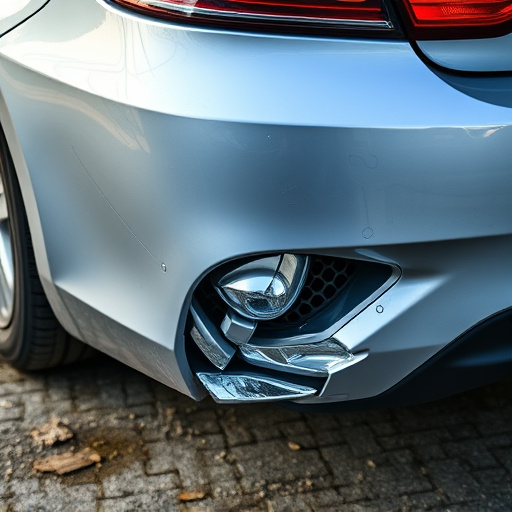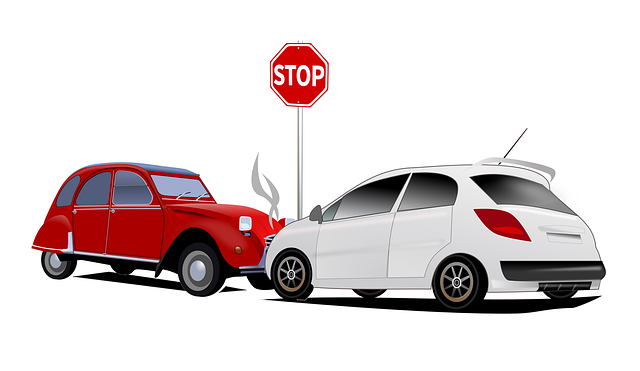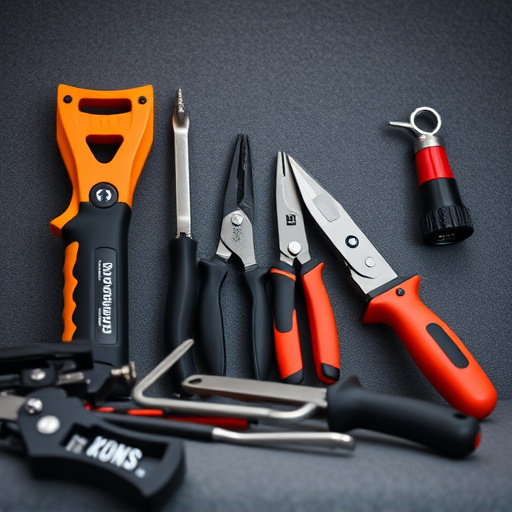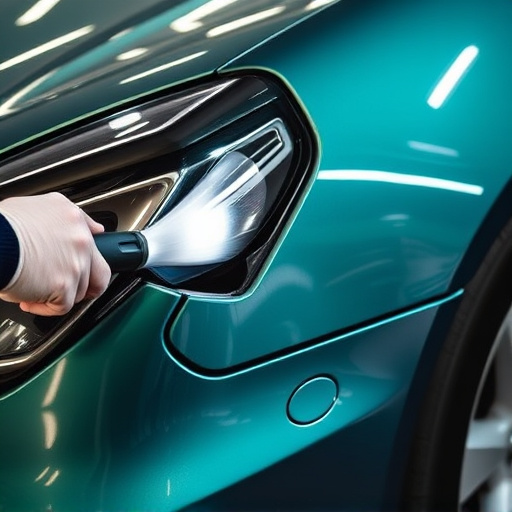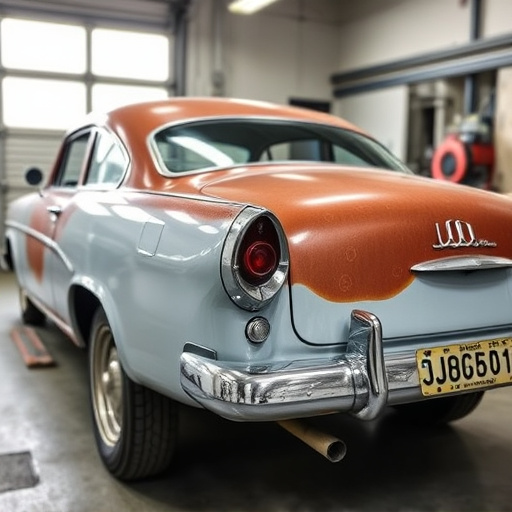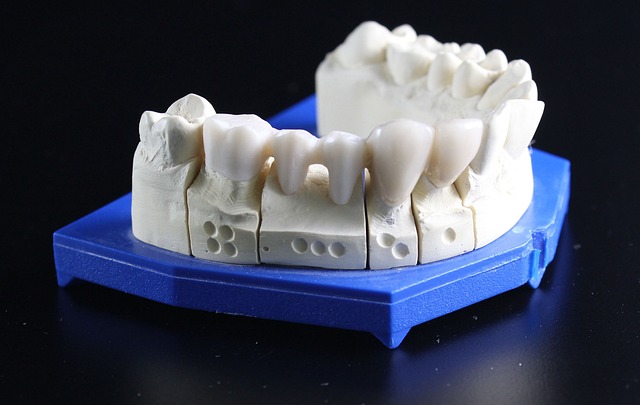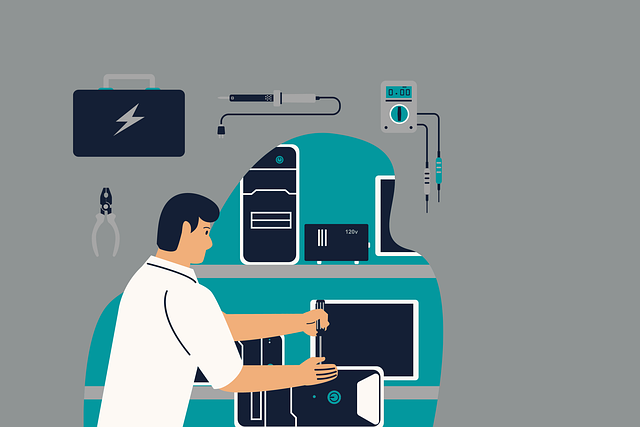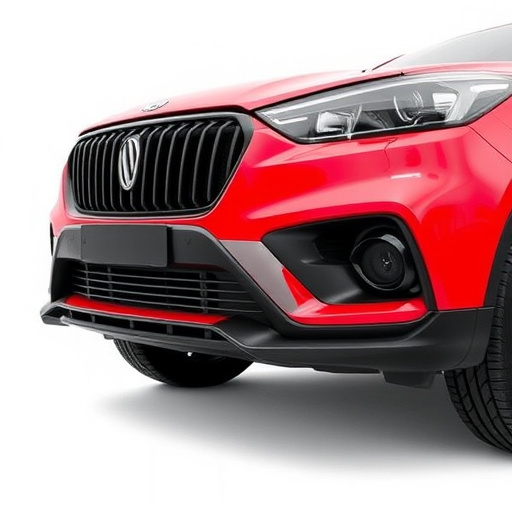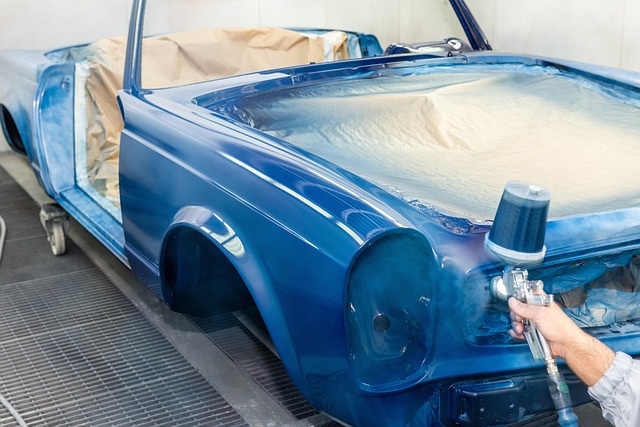PDR for body shops revolutionizes automotive repairs by offering a cost-effective, non-invasive solution for minor to moderate damage, including dents and scratches, without extensive painting. This technique enhances efficiency, reduces downtime, and preserves vehicle aesthetics, making it an attractive option for body shops aiming to cater to diverse repair needs, expand their customer base, and increase market reach while maintaining high-quality standards.
In today’s competitive automotive industry, understanding when to recommend PDR (Paintless Dent Repair) for collision repair jobs is crucial for body shops. This article delves into the strategy behind integrating PDR into your shop’s services, offering a comprehensive guide from a body shop perspective. We explore when minor damage calls for PDR and compare its efficiency with traditional repair methods. By understanding these nuances, you can maximize customer satisfaction and stay ahead in the market as a leading body shop that leverages PDR for body shops effectively.
- Understanding PDR: A Body Shop Perspective
- When Minor Damage Calls for PDR
- Maximizing Efficiency: PDR vs Traditional Repair
Understanding PDR: A Body Shop Perspective
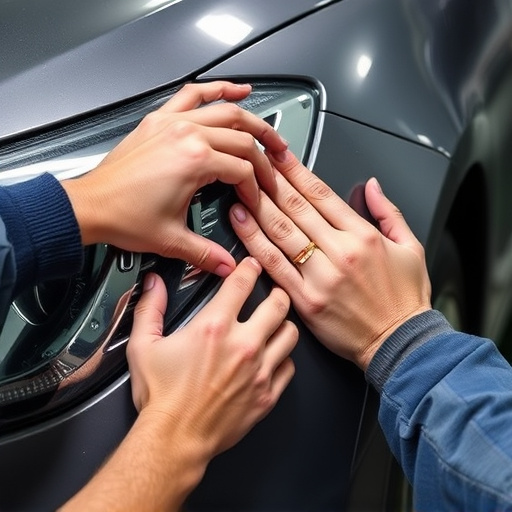
In the automotive body shop industry, Professional Detailing and Repair (PDR) is a specialized technique that has gained significant traction as a go-to solution for various collision repair jobs. From minor dents and scratches to more complex panel replacements, PDR offers an innovative and cost-effective approach to vehicle paint repair. This non-invasive method involves the skilled use of tools to manipulate and reshape dented areas without damaging the surrounding painted surface. For body shops, incorporating PDR into their service offerings presents numerous advantages.
For one, it allows for more efficient repairs, as it can often address damage on the spot, reducing the need for extensive painting and re-finishing processes. This is especially beneficial for minor incidents where only a small area needs attention. Additionally, PDR technicians are adept at matching vehicle paint colors precisely, ensuring a seamless finish that maintains the vehicle’s original appearance. By offering PDR services, automotive body shops can cater to a broader range of customers, including those with more modest repair requirements, thereby increasing their market reach and customer satisfaction levels.
When Minor Damage Calls for PDR
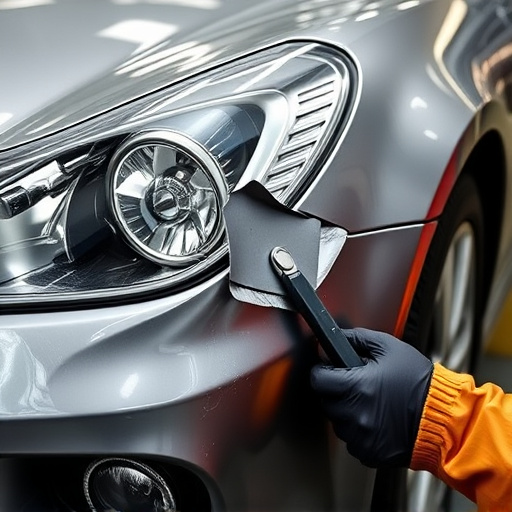
When minor damage strikes a vehicle, it’s crucial for collision repair professionals to assess if PDR (Paintless Dent Repair) is the optimal solution. For body shops offering this service, PDR for body shops has become an invaluable asset, allowing them to cater to a wide range of repairs from small dings and dents to more extensive damage. Compared to traditional paint jobs, PDR techniques like vehicle dent repair and scratch repair are often more cost-effective and faster, making it a preferred choice for many Mercedes Benz collision repair specialists and beyond.
In scenarios where metal is not bent or warped, but there are minor indentations or surface scratches, PDR can marvelously restore the vehicle to its pre-incident condition. This non-invasive approach, which avoids sanding and repainting, leaves no visible traces of the damage, ensuring the car’s aesthetics remain intact. Therefore, for body shops aiming to provide comprehensive services while minimizing downtime and costs, integrating PDR into their repertoire is a smart strategic move.
Maximizing Efficiency: PDR vs Traditional Repair
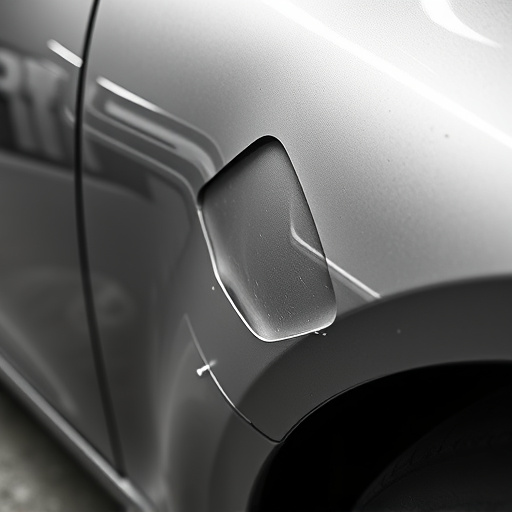
In today’s competitive automotive industry, body shops must continually find ways to enhance efficiency and reduce costs while maintaining high-quality standards. One method that has gained significant traction is Plastic Deformation Repair (PDR), a specialized technique that sets it apart from traditional collision repair methods. PDR for body shops offers numerous advantages, especially when dealing with car damage repair, making it an attractive option for many vehicle body shops.
By utilizing PDR techniques, skilled technicians can effectively restore vehicles to their pre-collision condition without the extensive paintwork and labor typically associated with conventional repairs. This method involves carefully manipulating the damaged area of a vehicle’s panel to return it to its original shape, thus minimizing the need for excessive painting or replacement parts. For example, in a scenario involving minor dents or dings, PDR can be a game-changer, providing a swift and efficient solution for both the shop and the customer, resulting in cost savings and shorter turnaround times without compromising on the final vehicle paint repair quality.
In conclusion, understanding when to recommend PDR (Paintless Dent Repair) for collision repair jobs is key to enhancing efficiency and customer satisfaction in body shops. By recognizing the suitability of minor damage for PDR, comparing it with traditional repair methods, and maximizing its benefits, body shops can offer a value-added service that caters to both time and cost constraints without compromising quality. Embracing PDR as a viable option allows body shops to stay competitive in today’s market and meet the growing demand for efficient, effective, and aesthetically pleasing repairs.
